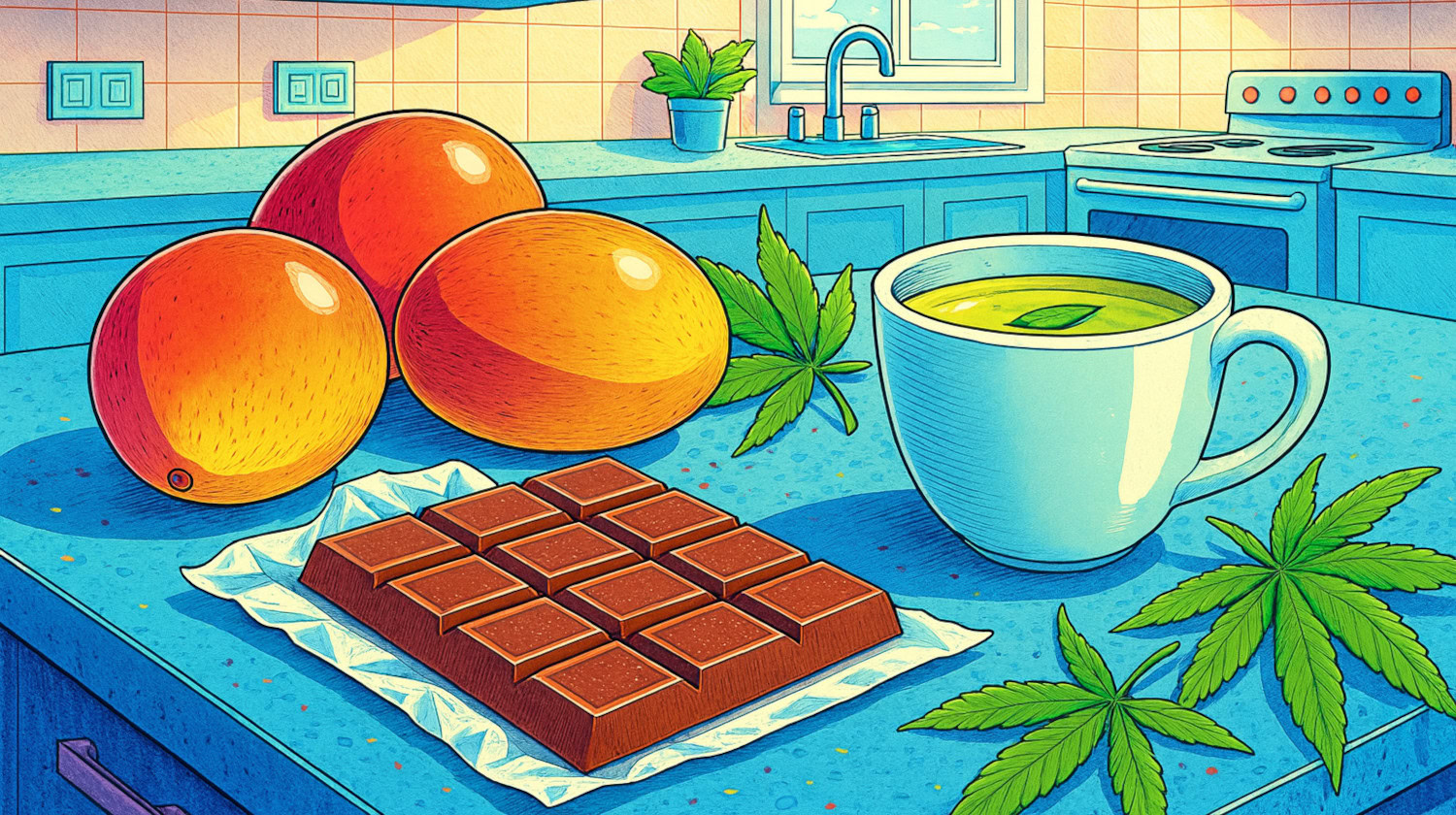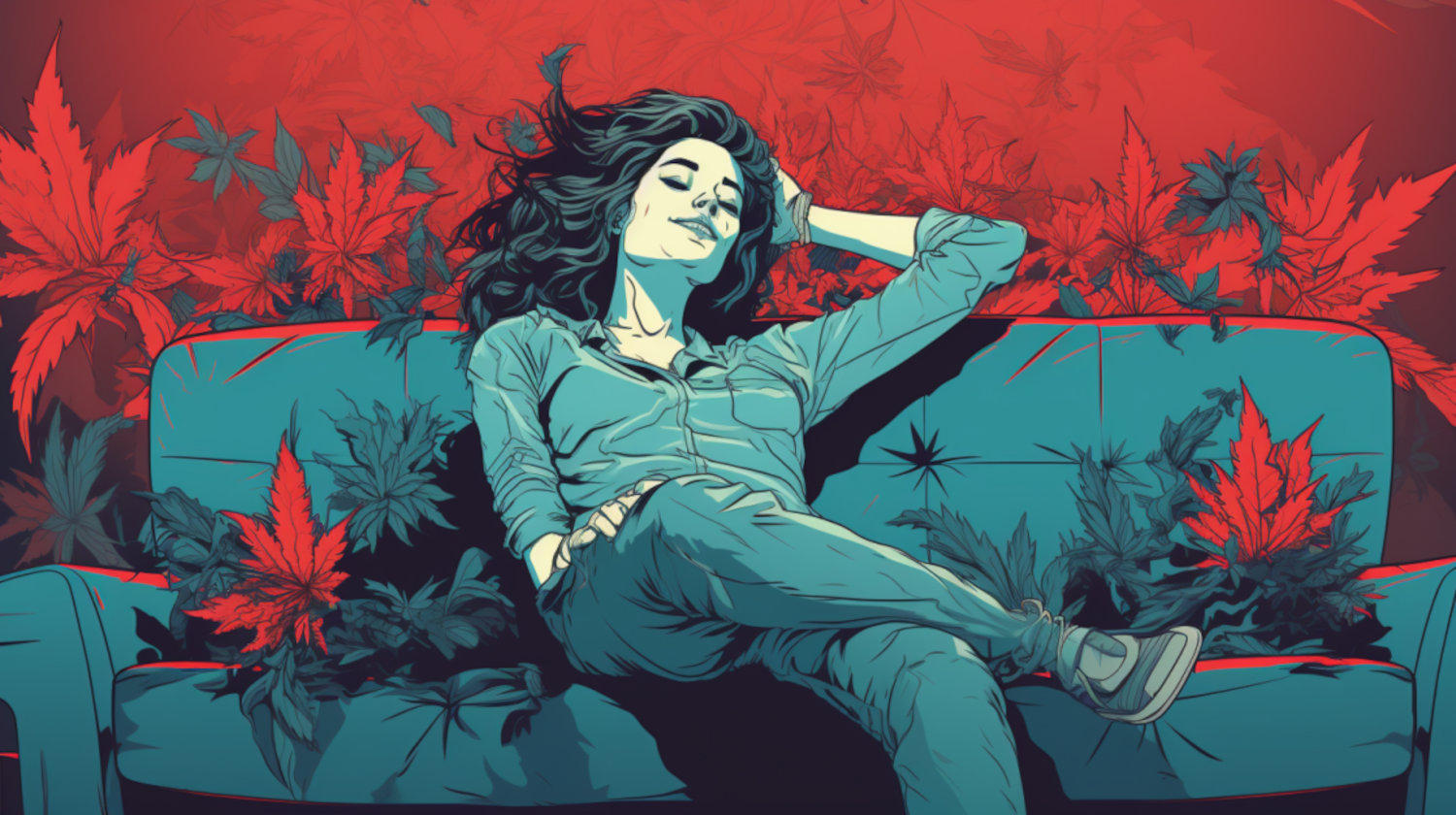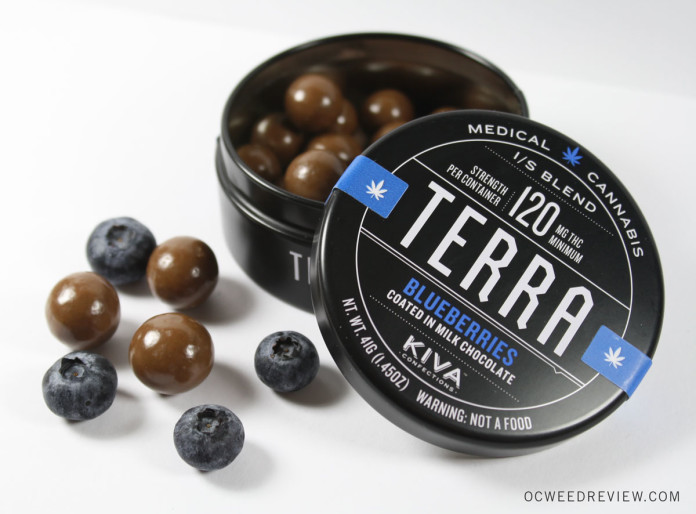In This Article
- Why Enhance Your High?
- How to Enhance Your High With Food and Drinks
- Food
- Beverages
- Foods and Beverages That May Shape a High
- Enhancing Your High By Trying Something Different
- Change the Format
- Experiment with Effects and Onset Times
- Explore Strain Variety
- Adjust the Temperature
- Using Set and Setting to Your Advantage
- Creating a Better Experience with Habit Changes or Taking a Tolerance Break
- How to Stay Safe While Enhancing the Effects of Cannabis
- References
Key Takeaways
- Tiny changes, such as switching consumption methods, adjusting dosage, or modifying the environment, can heighten experience.
- Foods rich in healthy fats, such as citrus, mango, or dark chocolate, may interact with cannabis compounds to subtly alter the experience.
- Most safe adjustments come from gradual changes and mindful pacing.
Whether you're using cannabis for a specific reason or you just want to mellow out on the couch after a long day, the prospect of enhancing the plant's potent effects can no doubt seem appealing
So, if you're one of the many people wondering how to enhance your high, there are a few key tips that users have reported to give your buzz a boost. On the other side of the coin, if you'd like a more tame experience, it might be best to avoid some of these foods and activities to moderate your high.
Why Enhance Your High?
Someone might want to strengthen their high to deepen the experience and tailor it to their personal goals, whether that’s for relaxation, creativity, or social enjoyment.
For some, enhancing a high can make the effects feel more immersive, leading to greater appreciation of music, food, art, or conversation. Others may look for a grounding feeling that makes stressors seem lighter or physical tension less prominent.
In social settings, magnifying the high might encourage more laughter and connection, while in creative spaces, it can help spark inspiration and novel ideas.
Ultimately, it’s about amplifying the aspects of cannabis that align with a person’s desired mood, mindset, or physical relief. However, it's important to keep in mind that enhancing the effects of cannabis can also potentially amplify the undesirable effects. So, if you don't want to amplify the munchies, anxiety, or sleepiness, you might want to take special care.
How to Enhance Your High With Food and Drinks
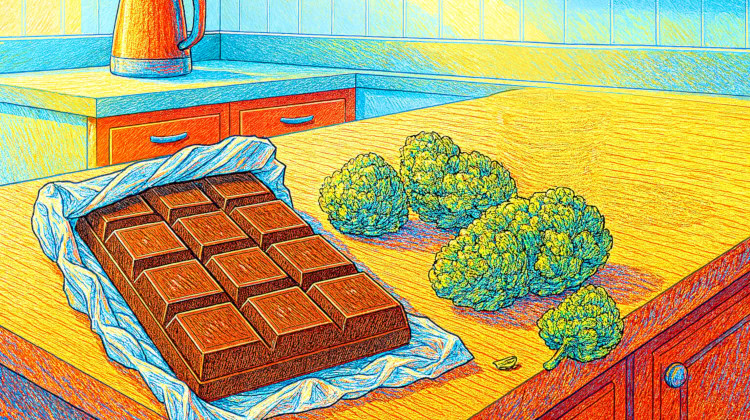
How cannabis feels often depends on the body’s endocannabinoid system. When plant compounds and certain foods interact, they may create what is known as the entourage effect, an internal synergistic effect that can shape the overall experience.
In addition to affecting the body, cannabinoids can interact with various foods and drinks to potentially improve the session.
Food
Cannabinoids are fat-soluble compounds found in cannabis. While hundreds exist in the plant, THC and CBD are the most common.
Some users report that pairing cannabis with foods rich in healthy fats may stretch the effects and make them feel fuller. Several healthy fat-rich foods include, but are not limited to:
- Nuts.
- Avocado.
- Olive oil.
Dark chocolate is another option people enjoy, since cocoa contains compounds that seem to complement cannabis. Some anecdotal reports describe a warmer, more rounded mood when the two are combined.1
Citrus and mango offer another potential boost, namely through terpenes, which are natural aromatic compounds found in cannabis and other plants. Namely, the terpene limonene appears in citrus peels, and myrcene shows up in mango.
These compounds also occur in cannabis and may help explain why certain flavor pairings feel so noteworthy. For example, spicy, earthy terpenes like caryophyllene and humulene bring their own flavor to the mix and can subtly shift the mood or the effects.
Select research has begun to open our understanding of the plant’s most prominent terpenes, such as:
- Caryophyllene is a unique terpene because it's believed to connect with CB2 receptors in the body. Researchers hypothesize that it can interact with other cannabinoids and terpenes through the entourage effect, which may contribute to an enhanced experience for some consumers.2
- Humulene shows up in preliminary research as a helper, of sorts, potentially aiding in the movement of cannabinoids throughout the body.3
- Myrcene is often described as a terpene that can make cannabis effects feel stronger, possibly by its interaction with the body's CB1 receptors, though research is limited on just how that happens and whether it applies across the board.4
Beverages
Hydration matters. Water supports comfort and can pair well with certain terpenes to heighten the effect.
On the other hand, research hints that caffeine and cannabis sometimes clash, which may explain why the combo feels buzzy for some and jittery for others.5,6 While the result isn’t certain, it may be worth considering before consuming.
Foods and Beverages That May Shape a High
Unfortunately, there is no universal answer. Each scenario and person differs, making it virtually impossible to pinpoint the best option for one consumer, much less everyone.
Consider the options and assess on a case-by-case basis. If interested in integrating food and beverages into the process, consider speaking with a cannabis-friendly dietician who can assess how cannabis and other options may or may not enhance the experience.
Enhancing Your High By Trying Something Different
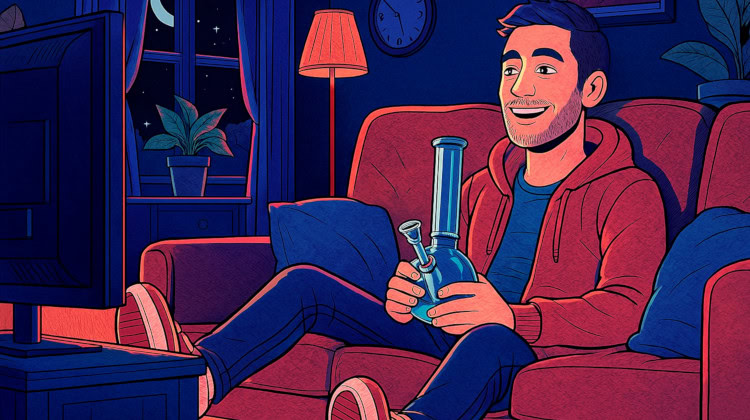
Small changes in how cannabis is enjoyed can create a noticeably different experience. Adjusting the format, the timing, or even the temperature can give familiar products a fresh feel.
Change the Format
Adjusting consumption types can turn the experience into something that feels new or enhanced.
For example, a small glass pipe may bring out more flavor and natural breaks between puffs, while a vaporizer can highlight subtle terpene notes with a gentler impact on the throat.
Experiment with Effects and Onset Times
Enhancing the experience may mean changing how the cannabis is consumed.
Choosing an edible instead of inhalation changes the pace of the session completely. The slower onset and longer duration can transform the arc of the experience. Smoking has the opposite effect, with its effects felt in moments and lasting only a few hours. Meanwhile, a sublingual tincture may offer smaller, measured steps without as long of a wait as edibles.
Explore Strain Variety
Rotating between plant profiles keeps cannabis from feeling repetitive while also tailoring the effects to different moods.
For example, bright, citrus-heavy chemovars with limonene often deliver a more energetic lift. Meanwhile, earthy or spicy varieties with myrcene or caryophyllene bring a heavier, grounding quality.
Switching between them can refresh the experience and align better with the time of day or activity.
Adjust the Temperature
For those using vaporizers, dialing the heat up or down could shift both taste and tone. Lower settings may preserve flavor and create a lighter feel, while higher settings can deepen the effects and change the mouthfeel of the vapor.
Using Set and Setting to Your Advantage
Consider how a comfortable space with soft lighting and a curated playlist might set the tone. Adding familiar touches like a favorite blanket or chair builds a sense of safety, while aromas from citrus, rosemary, or hops may provide a sense of relaxation.
Mindset plays a role, too. Setting a goal, such as creative brainstorming, gentle social time, or physical relaxation, may elevate the experience further.
A brief check-in before the next puff or bite can help prevent overconsumption. Keeping a journal or quick note with product, dose, setting, and impressions may reveal patterns over time, making it easier to repeat combinations that work well.
Creating a Better Experience with Habit Changes or Taking a Tolerance Break
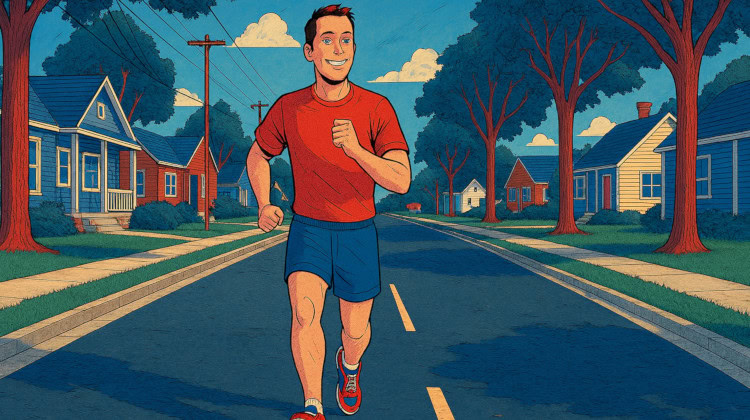
Small habit changes may help keep cannabis effects consistent.
Consider the products being consumed and how often they’re in the rotation. Alternating products can help prevent developing a high tolerance. If that isn’t effective, a longer break may be in order to allow the body’s receptors time to reset from the THC.
In some cases, cannabis consumers report a more enjoyable onset when preceded by light activity. Some reports suggest that exercise before a session can make the effects feel stronger or arrive more quickly.7
Possible healthy habits believed to possibly improve the experience include:
- Breathing practices: Gentle techniques, such as yoga or meditation, can help establish a calmer tone and make the session feel more grounded.
- Time of day: Morning sessions may be more effective for some consumers. Others may find that late-night sessions may lean toward more body heaviness. Essentially, find the time that works best for you.
- Product rotation: Avoid building a substantial THC tolerance (i.e. needing more cannabis to reach the ideal effect) by mixing products. When comfortable and capable, consider incrementally swapping consumption methods, strain, setting, or other factors to see how they affect the experience.
- Tolerance break: When changing products isn’t enough, a several-day-to-multi-week break may help “enhance” the experience by giving the body a rest, often resulting in heightened effects when returning from the break.
How to Stay Safe While Enhancing the Effects of Cannabis
An elevated high can be part of the enjoyment, and a little care keeps the experience smooth. These tips help fine-tune the session while keeping it comfortable.
- Start low and go slow: Especially with edibles or tinctures. A timer can help avoid stacking doses too soon.
- Change one thing at a time: Adjusting format, dose, and environment all at once makes it harder to tell what created the shift. Gradually introduce changes for easier effects tracking.
- Skip mixing with alcohol: This combo can increase THC absorption and bring dizziness or nausea. This unwanted effect is sometimes referred to as becoming crossfaded.
- Stay hydrated and fueled: Keep water handy and pair with a light snack that’s rich in fiber and/or healthy fats.
- Have a comfort plan: If the effects feel too strong, pause and drink some water. Focus on a grounding sensation, such as stepping into fresh air, or listening to calmer music.
- Pick the right company: Trusted people can help keep pacing easy. Solo sessions benefit from simple structure like clearing the space and setting a target dose.
- Keep changes gradual: Food, setting, method, and routine can each add a small nudge. Together they can shape a high that matches the mood.
References
- James JS. Marijuana and chocolate. AIDS treatment news. 1996;(No 257):3-4. https://pubmed.ncbi.nlm.nih.gov/11363932/ ↩︎
- Russo EB. Taming THC: potential cannabis synergy and phytocannabinoid-terpenoid entourage effects. British Journal of Pharmacology. 2011;163(7):1344-1364. doi:https://doi.org/10.1111/j.1476-5381.2011.01238.x ↩︎
- Chaves JS, Leal PC, Pianowisky L, Calixto JB. Pharmacokinetics and tissue distribution of the sesquiterpene alpha-humulene in mice. Planta Medica. 2008;74(14):1678-1683. doi:https://doi.org/10.1055/s-0028-1088307 ↩︎
- Janero DR, Makriyannis A. Terpenes and Lipids of the Endocannabinoid and Transient-Receptor-Potential-Channel Biosignaling Systems. ACS Chemical Neuroscience. 2014;5(11):1097-1106. doi:https://doi.org/10.1021/cn5000875 ↩︎
- Rossi S, De Chiara V, Musella A, et al. Caffeine drinking potentiates cannabinoid transmission in the striatum: Interaction with stress effects. Neuropharmacology. 2009;56(3):590-597. doi:https://doi.org/10.1016/j.neuropharm.2008.10.013 ↩︎
- Owolabi JO, Olatunji SY, Olanrewaju AJ. Caffeine and Cannabis Effects on Vital Neurotransmitters and Enzymes in the Brain Tissue of Juvenile Experimental Rats. Annals of Neurosciences. 2017;24(2):65-73. doi:https://doi.org/10.1159/000475895 ↩︎
- Wong A, Montebello ME, Norberg MM, et al. Exercise increases plasma THC concentrations in regular cannabis users. Drug and Alcohol Dependence. 2013;133(2):763-767. doi:https://doi.org/10.1016/j.drugalcdep.2013.07.031 ↩︎
The information in this article and any included images or charts are for educational purposes only. This information is neither a substitute for, nor does it replace, professional legal advice or medical advice, diagnosis, or treatment. If you have any concerns or questions about laws, regulations, or your health, you should always consult with an attorney, physician or other licensed professional.

